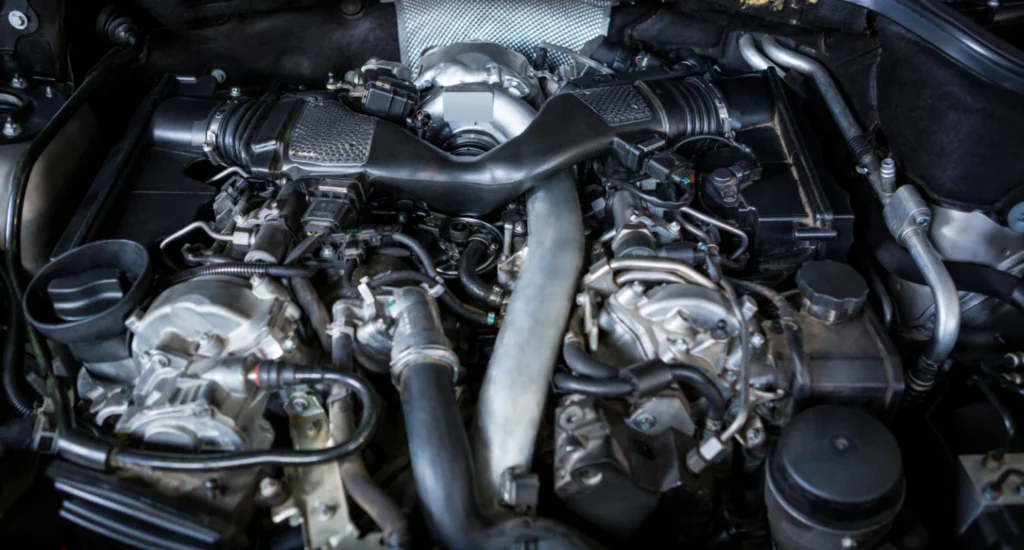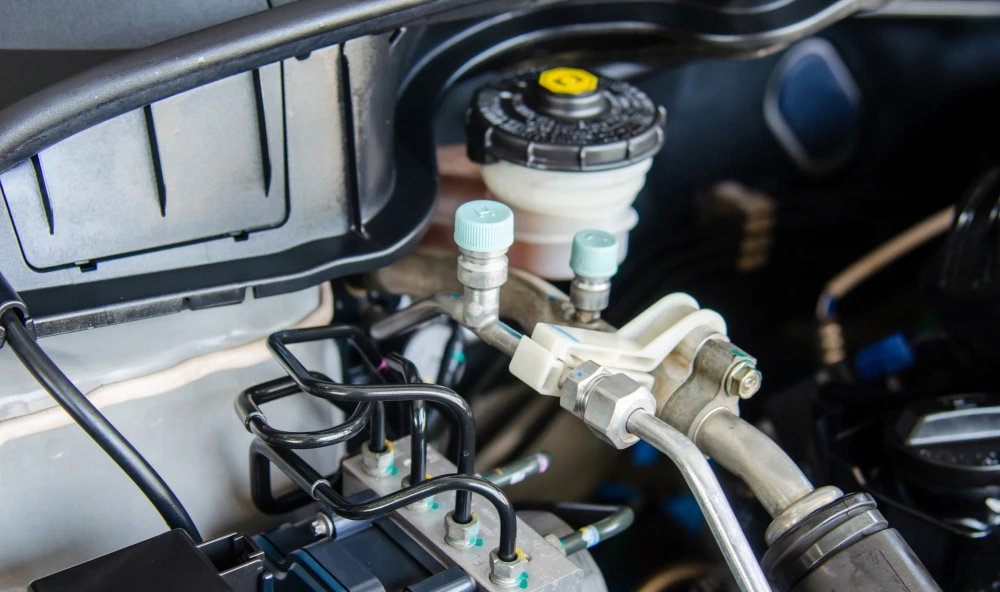Suppose you are driving your car during a hot day, and suddenly, the temperature is rising, and you realize that the pointer is in the red zone.
Some of these problems can be a driver’s nightmare, particularly when they happen unannounced, like overheating.
There are many potential reasons for such overheating, but one of the most frequent causes is air trapped in the car’s cooling system. But do not worry, this problem is not as big as it seems and can be solved rather easily.
Now, let’s discuss how you can effectively eliminate trapped air in your car’s cooling system and ensure that your engine is in proper working condition.
Why is it difficult for air to escape?
Air can enter your cooling system for various reasons, including:
- Some uncontrolled bleeding after a coolant replenishment.
- Leaks in the system.
- Low coolant levels.
- Poor maintenance.
This hot air circulates in the cooling system, and if it finds its way to the cylinders, it causes hot spots that reduce the cooling effect and may result in severe engine damage.
How Can You Know If Air is Trapped in Your Cooling System?

Overheating Engine
Another sign of trapped air within the cooling system is when the engine of your vehicle overheats.
The cooling system of the car works by having a constant flow of the coolant to help control the temperature of the engine.
If there are pockets of air in the coolant circulation path, the coolant cannot circulate as it should in the engine, and this leads to hot spots and high temperatures in the engine.
If you find that the temperature increases and goes above the normal range shortly after you have started the car then it is clear that air may be interfering with the coolant flow.
Fluctuating Temperature Gauge
Another indication of the presence of air is the temperature gauge, which is constantly going up and down.
The fluctuating temperature of the air pockets, as they move through the coolant passages, leads to abnormal temperatures.
The cooling might be rather unnatural, and you might witness the gauge needle fluctuating and rising again.
This fluctuation occurs because air pockets will sometimes temporarily plug the flow of coolant and this will cause abrupt swings in the temperature readings. If your gauge is not in proper working condition, then it is high time you look into it.
How do you bleed air from the cooling system?

- Safety First
Make sure your car is parked with all its wheels firmly on the ground, and the engine has cooled down.
n the case of a car, one should not try to open the radiator cap when the engine is hot since the steam that is produced by the hot water can cause burns.
- Find the Bleeder Valve, if there is one.
It is also important to note that some cars are fitted with a bleeder valve for the removal of air in the cooling system.
You can find this valve in your car’s manual, and it is usually located close to the radiator.
- Fill the Coolant Reservoir
The spill-free funnel should be connected to the radiator or the coolant reservoir as required.
Cautiously add the coolant until it touches the fill line on the coolant reservoir tank. This process ensures that no air from outside gets into the system while you are filling the system up.
- Start the Engine
Switch on your engine and ensure that it is idling with the heater on the highest level possible.
This way, the coolant is forced to pass through the entire system and the heater core, which plays a vital role in removing trapped air.
- Open the Bleeder Valve (if you have a Bleeder Valve on your car)
If your car has a bleeder valve, then open it as well, but be very cautious. You should observe that bubbles of air are releasing themselves from the solution.
When you are sure that the water flow is constant and no air bubbles are passing through, shut the valve.
- Keeping Track of the Coolant and Refilling
When the engine is on, make sure to monitor the level of the coolant through the funnel.
As the time passes, the coolant may evaporate or get diluted by the water that mixes with it when water is used as a coolant, therefore more coolant should be added as required.
This step is important because, in the process of escaping the trapped air, the coolant level reduces.
- Rev the Engine
Rev the engine softly several times in an effort to expel the remaining air in the fuel system. Check the coolant level from time to time and replace it if it runs low.
- Check for Leaks
It is also important to check for any signs of coolants leaking in the cooling system. Check and adjust the hose clamps or connections if they are loose at any given point.
Takeaway
Trapped air in your car’s cooling system can lead to overheating and potentially costly repairs if not addressed promptly.
By following the above mentioned steps, you can efficiently remove air from the system, ensuring your car runs smoothly and stays cool even on the hottest days. If you are not into DIY maintenance then you can schedule a visit to Erics Car Care by contacting us at 713-3 52-8058.




